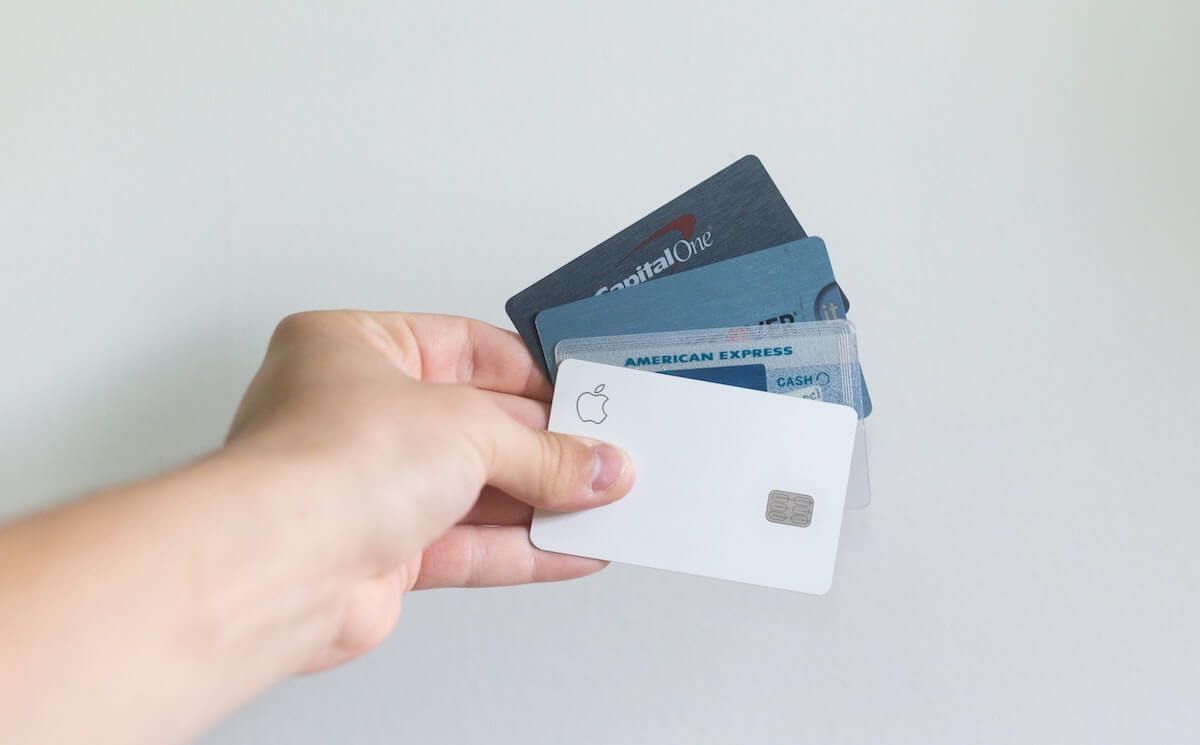
Chargebacks can be a serious disturbance for any business. In the US alone, 25 million transactions are disputed each year, and that number is only expected to grow—especially with the rise in online shopping due to the coronavirus pandemic. Even the best-intentioned businesses are vulnerable to chargebacks. Consider the following:
- 81% of customers file chargebacks with their banks out of convenience rather than speaking with the merchant directly, a phenomenon known as “friendly fraud.”
- The rate of consumers initiating unjustified chargebacks is growing at a rate of 41% per year in a phenomenon known as “cyber shoplifting.”
- A customer who successfully files a chargeback is 9x more likely to file another.
Unfortunately, the chargeback process is still confusing to many merchants, and it can be difficult to determine the best way to approach disputed transactions. Below, we outline the most vital information ecommerce merchants should know regarding what chargebacks are and how to handle them.
Chargebacks Explained
A chargeback occurs when a customer files a dispute with their card-issuing bank about a specific charge on their account. The merchant’s payment processor then debits the contested amount from their account and forwards them the dispute for review. From here, merchants have a set amount of time to respond to the dispute with compelling evidence that the charge is valid. The response is then reviewed by the issuing bank, which can either uphold (customer wins) or decline (merchant wins) the chargeback.
There are over 150 different types (“reason codes”) of chargebacks across the four major credit card providers; however, not all of them are applicable—and many are incredibly rare—for businesses in the ecommerce industry. The most common types of chargebacks among ecommerce businesses are Fraudulent, Credit not processed, Consumer dispute, and Technical/processing error.
- Fraudulent: The customer believes that someone else used their card to charge the transaction in question.
- Credit Not Processed: The customer returned the product(s) they ordered and never received the agreed-upon refund or credit.
- Consumer Dispute: The customer never received the product(s) they ordered or claims they were not as described, defective, or damaged.
- Technical/Processing Error: There was a technical issue during checkout; for example, the customer was charged twice for a single purchase.
Handling Filed Chargebacks
The main benefit of responding to chargebacks is the potential to recoup lost funds. This can be especially attractive to businesses because they are charged a fee for each disputed transaction regardless of the outcome. Responding to chargebacks can be beneficial in disputes regarding big-ticket items, since losing that revenue can impact your bottom line. However, responding to chargebacks is widely considered to be more trouble than it’s worth.
For one thing, chargebacks can take a massive amount of time and effort to handle. Full resolutions can take anywhere from one to six months, depending on how persistent the customer is. Additionally, as a rule, chargebacks are skewed in favor of consumers—after all, the process was initially created to protect consumers from dishonest merchants.
Business owners who decide they do wish to respond to chargebacks don’t have to start from scratch. Software such as Signifyd and Verifi can help manage chargebacks in-house, while managed services offered by companies such as Accertify and Chargebacks.com are good resources for outsourcing the work to experts familiar with the process.
Avoiding Future Chargebacks
The best way businesses can avoid losing time and money to chargebacks is to do everything they can to prevent them in the first place. This is especially important because businesses that receive a lot of chargebacks may have their account cancelled and flagged as fraudulent. Luckily, there are several steps you can take to reduce the likelihood of chargebacks, including proactively presenting your products and shipping expectations and vigilantly monitoring orders for anything out-of-the-ordinary.
In Conclusion
Every business will have to deal with chargebacks in one way or another. If you have not done so already, talk to your payment processor about fraud tools that are already built into their system to help prevent chargebacks.









